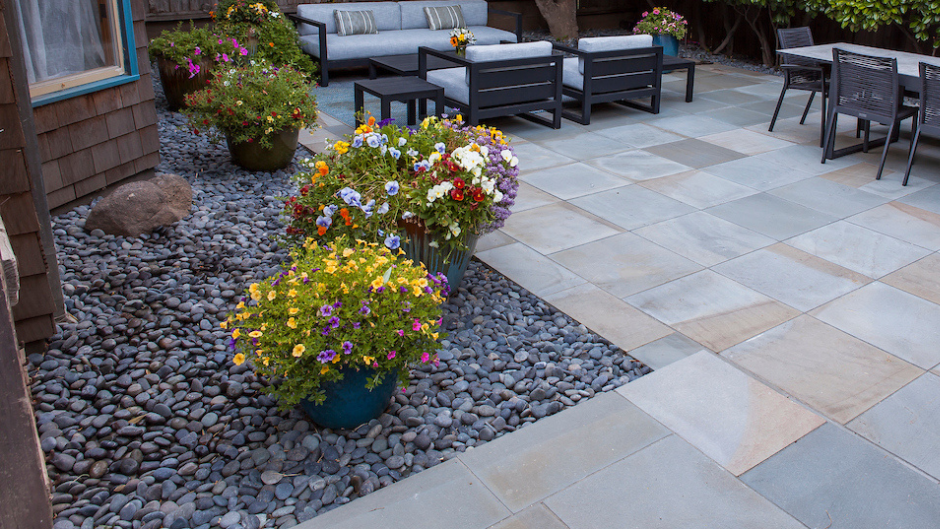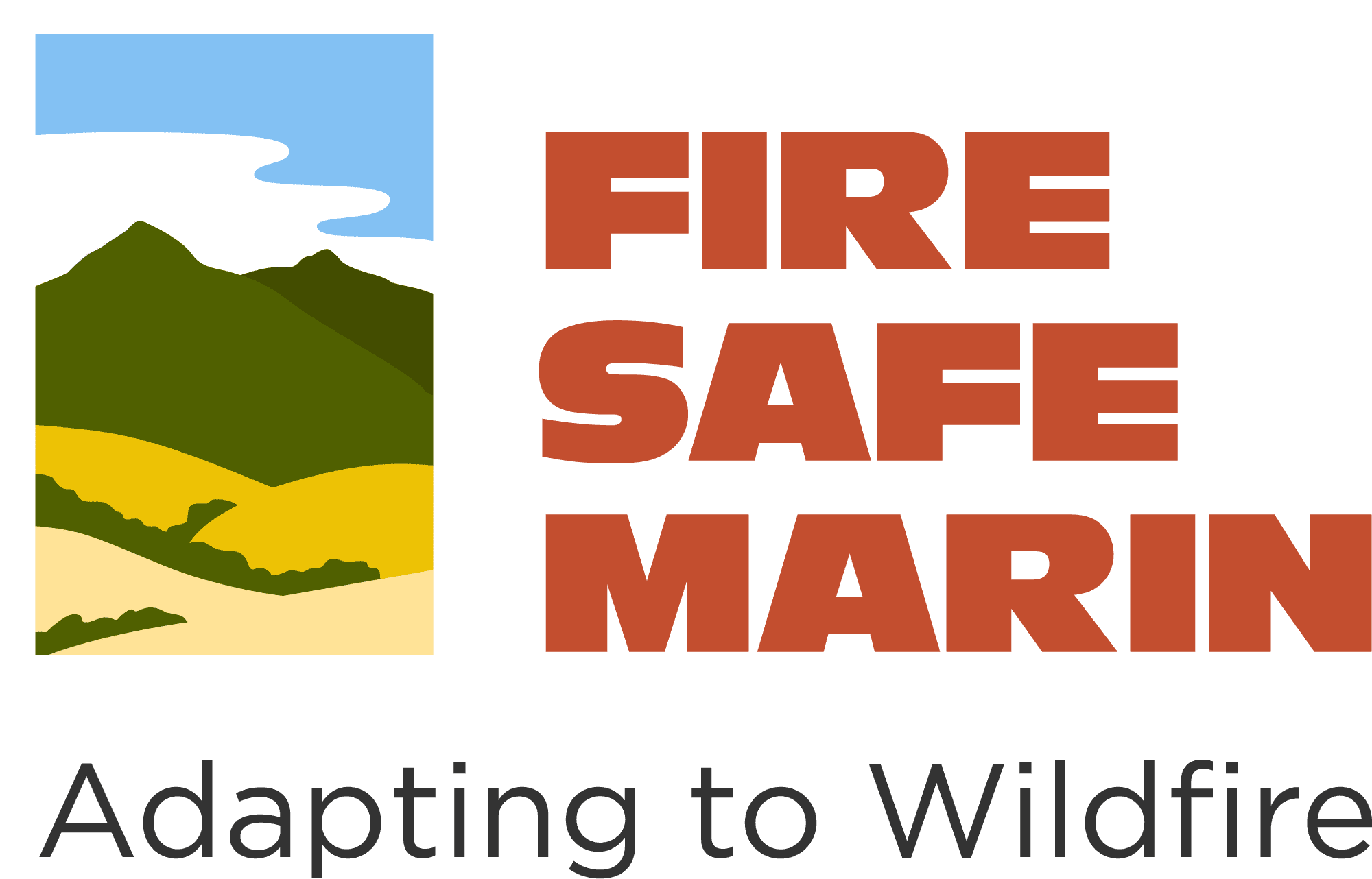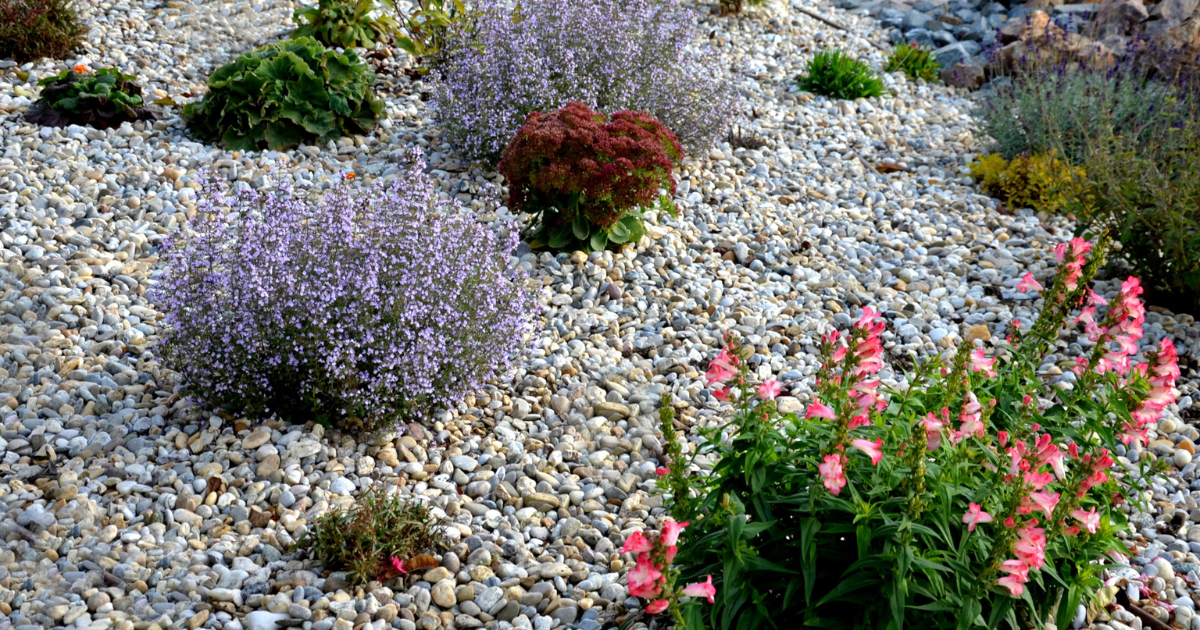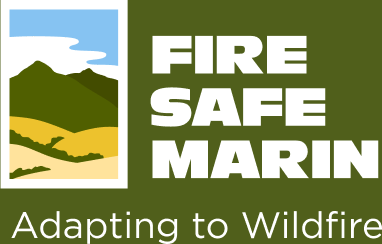When it comes to protecting your home from wildfire, the right choice of mulch depends upon where it is in your yard. Non combustible mulch is best right next to the house, but there are other options the further you move out. Large bark and wood chip mulch can help healthy plants retain water and nutrients, making them harder to ignite.
Here are some guiding principles when you are thinking about mulch for your yard:
- Maintaining noncombustible, ignition-resistant areas immediately adjacent to structures is particularly important. Embers often accumulate adjacent to structures, providing an ignition source for combustible materials.
- Inorganic mulches such as decomposed granite, gravel, or rocks offer superior fire-proofing as landscape mulches and should be used when mulch is needed within the first five feet of buildings or any combustible structural materials such as siding or decking.
- Any fallen or windblown leaf litter or debris that has collected on the rocks must be regularly removed to prevent small debris fires from igniting structures. It is important to be vigilant during wildfire season and on red flag days.
- For areas between five and 30 feet of structures, large bark nuggets and composted wood chips may be used in small batches. Since these materials are combustible and will transmit fire across an area, do not use them in a widespread or continuous manner. Within this perimeter, alternate areas between bark and non-combustible materials such as concrete, gravel, rock, and lawn.
- In testing, composted wood chips were the best choice of the materials tested for residential landscape use, but may be difficult to source locally. They are organic and will still burn, but tend to burn at the lowest speed and lowest flame length. If this material is ignited, it could still ignite siding, plant debris, and other combustible materials. The smoldering of this product could also go undetected by firefighters during a wildfire.
- Shredded rubber, pine needles, and shredded redwood or cedar bark can have their place in your landscaping design, just further from your home. Fire Safe Marin recommends that these materials not be used within 30 feet of any structure or combustible accessories such as fences or outdoor furniture. These materials could be used selectively for landscaping at least 30 feet from your home (and neighbors’ homes), and ten feet from roads or driveways or any accessory structures (e.g., fences, outbuildings, play structures, etc.).
- Watering wood or bark mulch is not a good firefighting strategy. Hot, windy weather will dry out mulch well in advance of a flame front and watering during a wildfire event uses water and water pressure that may be required by firefighters.









